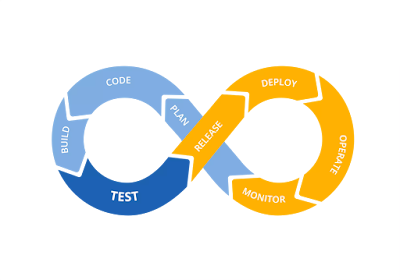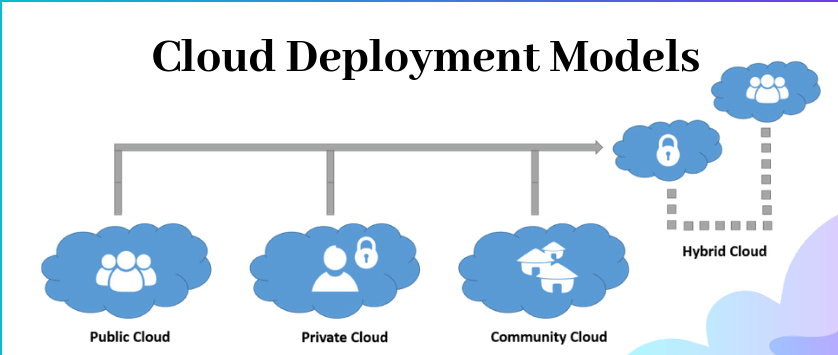Julia Overtakes the technical world, overrules Python

Julia Overtakes the technical world, overrules Python Programming Julia is the latest approach to technical computing and has garnered immense popularity in the technical world lately. It is being compared to the classic hero of programming language , Python and many are rating Julia well above it. It is like the shiny new toy in the technical computing segment and its numerous advantages have come under the positive notice of technical experts world over. The latest multi-paradigm, primarily functional programming language mainly developed for machine-learning and statistical programming , Julia, is getting all the right attention in the domain. Though it will take time for Julia’s initial small-scale popularity to reach a high like Python, there are certain huge advantages of employing Julia for Data Science that is making it the preferred choice. Here are some of the key benefits that Julia has over and above Python as a programming language. Full Article : h...





